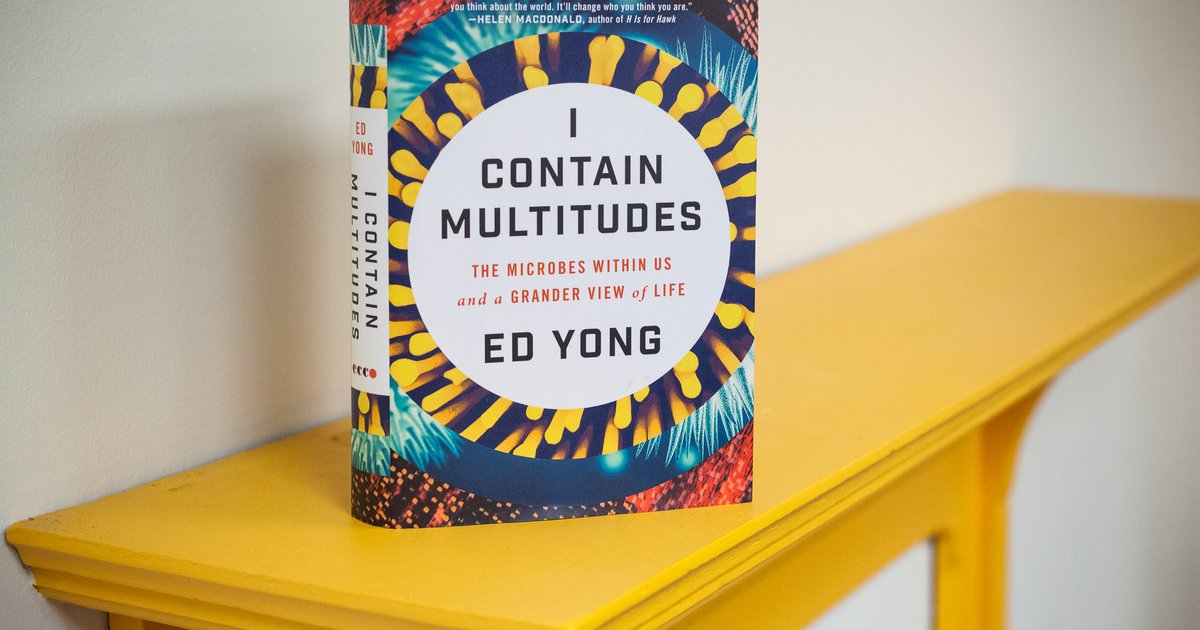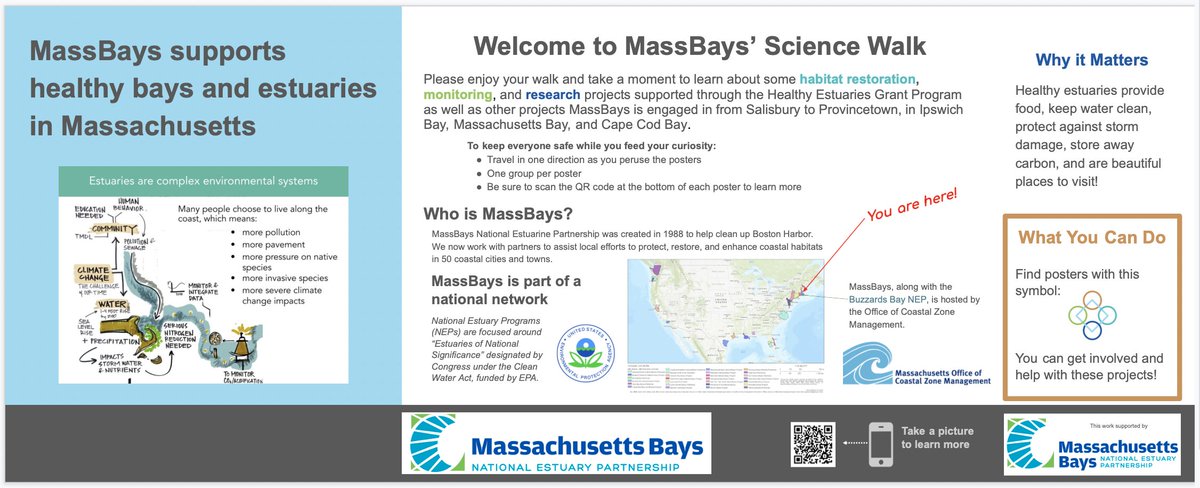
Earlier, I shared my own little "blogger makes good" story about how the Better Posters blog became a book.
Pfft. 🥱 You want a REAL "blogger makes good" story?
@edyong209 won one of the @PulitzerPrizes today for #SciComm! 🎉
Pfft. 🥱 You want a REAL "blogger makes good" story?
@edyong209 won one of the @PulitzerPrizes today for #SciComm! 🎉
https://twitter.com/PulitzerPrizes/status/1403398840875630598🧵 1/13
Ed Yong cut his #SciComm teeth with his acclaimed blog Not Exactly Rocket Science. 🚫🚀🧪
He got real good REAL fast.
Scientists AND journalists quickly recognized that he was one of the best science writers working in the blog format. 2/13
He got real good REAL fast.
Scientists AND journalists quickly recognized that he was one of the best science writers working in the blog format. 2/13
Several of Ed's blog posts appeared in The Open Laboratory anthology of best science blogging.
I can't remember how many times his work was featured. It was many. 3/13
I can't remember how many times his work was featured. It was many. 3/13

The Not Exactly Rocket Science blog took a meandering path over its run.
It started at Wordpress in 2006 with DOZENS of readers... 4/13
It started at Wordpress in 2006 with DOZENS of readers... 4/13
Then the blog moved to ScienceBlogs (an influential network for a while)
then to Discover magazine (ooh, established national magazine)
then to National Geographic (one world's most ICONIC magazine brands). 5/13
then to Discover magazine (ooh, established national magazine)
then to National Geographic (one world's most ICONIC magazine brands). 5/13
Ed wrote Not Exactly Rocket Science for 10 years and racked up over 1,800 posts.
He also started writing projects for little places like @SciAm, @newscientist, and @nature.
And he wrote a book 📖, I Contain Multitudes.
You know, regular stuff. 😉 6/13
He also started writing projects for little places like @SciAm, @newscientist, and @nature.
And he wrote a book 📖, I Contain Multitudes.
You know, regular stuff. 😉 6/13

Ed only folded the Not Exactly Rocket Science blog when he started working full time for @TheAtlantic.
His last post is here nationalgeographic.com/science/articl… (may be paywalled). 7/13
His last post is here nationalgeographic.com/science/articl… (may be paywalled). 7/13
Some of Ed's pieces before COVID-19 seemed downright prophetic. Like, Pythia, Oracle of Delphi level prophetic.
This piece in 2018 asked all the right questions. It's like, "He tried to warn us all." theatlantic.com/magazine/archi… 8/13
This piece in 2018 asked all the right questions. It's like, "He tried to warn us all." theatlantic.com/magazine/archi… 8/13
Ed's #SciComm biology blogging, and his book on microbes 🦠, served him in good stead when COVID-19 hit.
He had the knowledge and skills to put the pandemic in perspective in a way few could. 9/13
He had the knowledge and skills to put the pandemic in perspective in a way few could. 9/13
Ed's #SciComm writing is remarkable not only for its technical accuracy and insights, but because his pieces are so often infused with great EMPATHY.
For scientists. For readers. For people caught up in moments bigger than them.
His words have homour, warmth, and care. 10/13
For scientists. For readers. For people caught up in moments bigger than them.
His words have homour, warmth, and care. 10/13
I feel lucky 🍀 that I happen to be in charge of the @iamscicomm account as this year's @pulitzerprizes are announced.
I know Ed a little through the blogging and the science online community. I could not be happier for this win 🥇 for him. 11/13
I know Ed a little through the blogging and the science online community. I could not be happier for this win 🥇 for him. 11/13
The joke is that there are only two prizes 🏆 that count: he Pulitzer and the Nobel.
Having bagged one, I wouldn't count him out of the running for the other just yet. 12/13
Having bagged one, I wouldn't count him out of the running for the other just yet. 12/13
It only remains for me to say:
Congratulations, @edyong209! 🎉
I'd wish you success in your next steps, but this somehow seems redundant at this point. 13/13
Congratulations, @edyong209! 🎉
I'd wish you success in your next steps, but this somehow seems redundant at this point. 13/13
• • •
Missing some Tweet in this thread? You can try to
force a refresh










